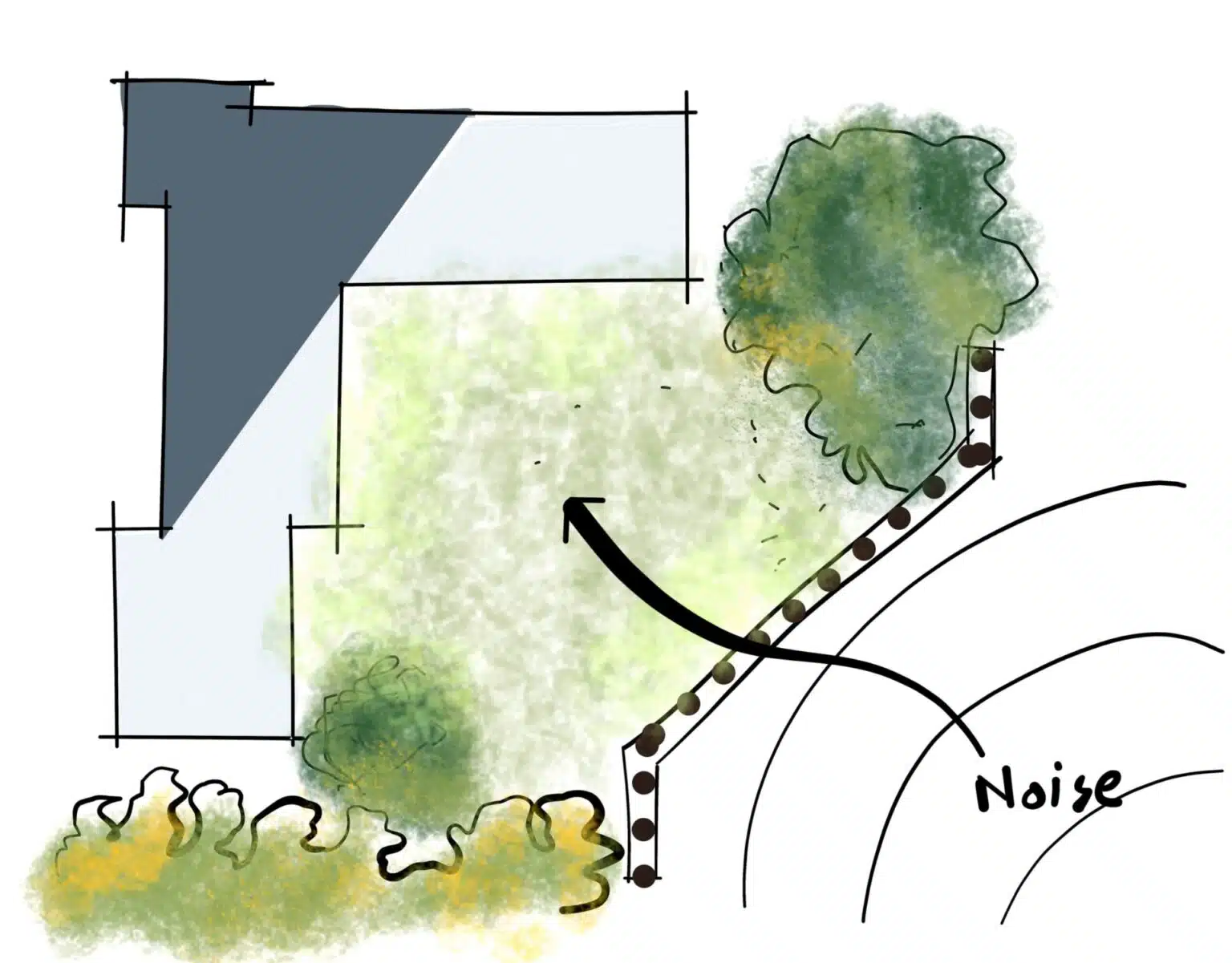Soundproofing and Noise Reduction Solutions Be it a residential space or workspace noise is one of the most often voiced issues by people, particularly in open-concept workplaces.
If you’ve ever worked in a similar setting, you understand how distracting the continual bustle of a bustling office can be.
However, a loud workplace or neighborhood may be more than only a nuisance.
Multiple studies have shown that excessive noise in the workplace or home may significantly diminish productivity and raise stress.
According to research, 49% of employees have difficulty concentrating, and the typical individual loses 86 minutes each day due to distractions.
First, a little guide on acoustics. There are two sorts of sound: structural and airborne. Airborne sound is any sound detected by the ear that travels through the air.
Structural noises are transmitted through an item, such as footsteps on a floor or a hammer striking a wall.
We can hear structural sound when it goes airborne. Because various forms of sound travel in different ways, soundproofing often needs a variety of distinct techniques.
Sound waves will move along the route of least resistance, making it impossible to pinpoint the specific origin of a sound. It is possible that the noise keeping you awake at night is coming from an air vent or an electrical socket that has not been properly sealed.
Under a door, via a window, and through any other tiny hole or crevice, unwanted noise may enter a room. Even placing a painting on a wall might compromise its soundproofing properties.
Sound may be difficult to locate, therefore we recommend considering soundproofing devices during the planning phase of a project.
NEW CONSTRUCTION
Building a soundproof room from the ground up is often simpler and less expensive than attempting to address the issue after the walls and floors have been constructed.
According to a New York Times story, Manhattan households may spend more than $300,000 to soundproof an existing living space, typically taking the room down to the studs and flooring and beginning from scratch with soundproofing materials.
Consequently, it is never too early to consider room acoustics while designing a project. The good news is that available solutions make it simpler to soundproof a space.
There are several possibilities for your area, ranging from sound-absorbing and sound-blocking drywall to intelligent insulation systems. Follow these methods to significantly enhance the acoustic quality of any space.
1. WALLS
Start by soundproofing the room’s walls.
Choose Sound-Absorbing Drywall
Historically, to prevent noise transmission between rooms, a robust channel was used. A resistant duct is a small metal channel that is attached to the wall’s structure, separating the drywall and reducing sound waves.
Today, this may be accomplished with a single sheet of soundproof drywall. Two thick gypsum cores are separated by a layer of viscoelastic polymer in soundproof wallboard.
As a result, drywall is ideal for decreasing internal noise. Ideal for use in workplaces, bedrooms, and television rooms, as well as wherever else you want to shut out distractions.
Insulate Interior Wall Surfaces
To soundproof, you must prevent vibrations, and the correct insulation may work as a noise absorber. Completely block the wall gap with a sustainable insulation. Insulation covers the areas between screws as well as between wall surfaces, absorbing noise and interrupting its route.
Apply it to both inside and outside walls to prevent room-to-room noise transmission. Not sure whether you need more insulation? Follow the choice tree provided.

2. FLOORS
Now that the walls have been soundproofed, it is time to address the floor.
Floors that Float
Unlike conventional flooring, floating floors are not attached to the subfloor. They are instead attached using a specific adhesive. Without nails in the floor joists, floating flooring may minimize creaks and reduce sound transmission between floors.
There are several techniques to produce a “floating floor,” with the majority including the use of vibration-absorbing material between flooring sections.
Joist Tape
If squeaky floorboards are destroying an otherwise ideal space, joist tape may solve the issue by reducing floor noise. While joist tape may be used in an existing room, it is better to apply it before incorporating the walls and floorboards; otherwise, you will need to remove a portion of the wall or floor to apply it.
Adding insulation between any floor joists may help reduce noise transmission between floors. Similarly to when insulating to prevent sound transmission between rooms, ensure that the cavity is entirely filled.
SOUNDPROOFING AN EXISTING ROOM
If you don’t have the luxury of creating a new room but still want to bring peace and quiet to your life, there are a few fast techniques you may use.
Adjust the Surfaces
Sound enjoys bouncing off and passing through hard, flat materials like glass, hardwood flooring, and tile. A room may be made softer and quieter with the addition of carpet, plush furnishings, window treatments, and even plants.
Close It Up
The spaces under and surrounding doors might serve as welcome mats for unwanted sound. Electrical outlets and vents are other significant issue areas that many homeowners overlook. Essentially, anywhere air can enter a space, sound may as well. Sealing a room properly is an excellent method to keep it quiet.
Ambient Noise
Using white noise to hide undesirable sound is a relatively recent method for combating unwanted noise. A white noise system employs mild noises similar to air movement to mask adjacent irritating sounds.
Popular in business settings and among new parents, white noise devices may transform a noisy workplace into a peaceful area or help a fussy infant sleep longer. You may try white noise devices and free smartphone applications.
Caulk is used to soundproof a room
Beginning with the Outlets
Remove the outlet covers with care. Install and replace thin foam insulating pads inside the covers. Caulk outlet boxes for a secure seal.
Install Weather stripping along the leading edge of window. Use weather stripping to seal big gaps around doors and windows.
Construction of Drywall
Caulk any minor holes or cracks in the drywall.
Matching material is used to patch major holes in the surface. Large holes in sheetrock should be fixed with sheetrock, taped, mudded, sanded, and painted.
Consider the Floors
Fill gaps between floors. Use a caulk that is developed specifically for use on floors, particularly if the flooring are constructed of genuine wood.
Utilize Storm Doors and Windows
Install storm windows to give a layer of protection against noise and chilly air. Install a storm door to limit the amount of sound that enters through the door’s edges.
Maintaining Windows and Doors
Fix windows so that they can shut securely. If the window cannot be repaired, it should be replaced. Do the same with the entrance doors to the room.





